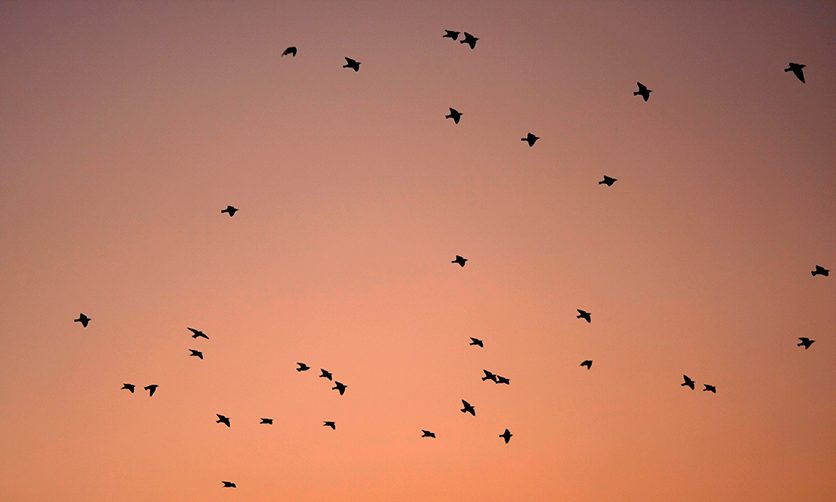Keep an eye out for colorful visitors around your yard this week.
Don’t be surprised if you notice brightly colored birds around the yard this week. It’s not just leftover Fiesta decorations — it’s bird migration at its spring peak in the Alamo City.
San Antonio is perfectly located along the Central Flyway from Mexico north across Texas into the Great Plains and Canada. The lack of mountains and other obstructions in our wide-open spaces encourage spring birds to broadly congregate over central Texas as they make their way north toward summer nesting territories.
On favorable nights they number in the many millions. You can even hear them calling overhead in the predawn darkness if you pause while loading the car or rolling the bins out to the curb. In addition to the mockingbird’s morning vocals, you may hear a chorus of additional whistlers and the light percussion of warblers, orioles, buntings and many more as they alight on the treetops after a high flight overnight.

New online tracking tools like BirdCast let you see it for yourself: millions of birds have passed over Bexar County already this week, with millions more expected to come through in the next few days! Weather surveillance radar picks up millions of tiny slow-moving targets moving northward at night when temperatures are perfect for wings to maintain speed and altitude.

Since birds use the moon and stars to navigate, they become easily confused by artificial lights, especially during foggy or rainy weather. Even midnight specialists like nighthawks can be disoriented by lights around buildings, where window collisions and other dangers abound (half a billion birds die from window strikes each year.)
You can help them avoid crashing into windows and wires by switching off your own outdoor lights during heavy migration. Lights Out Texas recommends turning off all non-essential lighting from 11 p.m. to 6 a.m.
Also, keep your bird baths away from hidden areas where predators can hide, as many birds will stick around to rest and refuel before heading on their way at sunset. If you’re cultivating a WaterSaver backyard habitat of healthy native and adapted plants and trees, there should be plenty of sheltered perches and food available for them.
So listen and keep an eye out for colorful visitors around your yard — painted buntings, wood warblers and Baltimore orioles are all possible, even in urban San Antonio.
Although just about everywhere is a good place to see birds this week, they tend to be channeled by local topography into well-known “migrant traps” where they can be easily viewed. For a better look, check out these classic hotspots as well as the Botanical Garden, Brackenridge Park, Crescent Bend Nature Park and Mitchell Lake Audubon Center.


